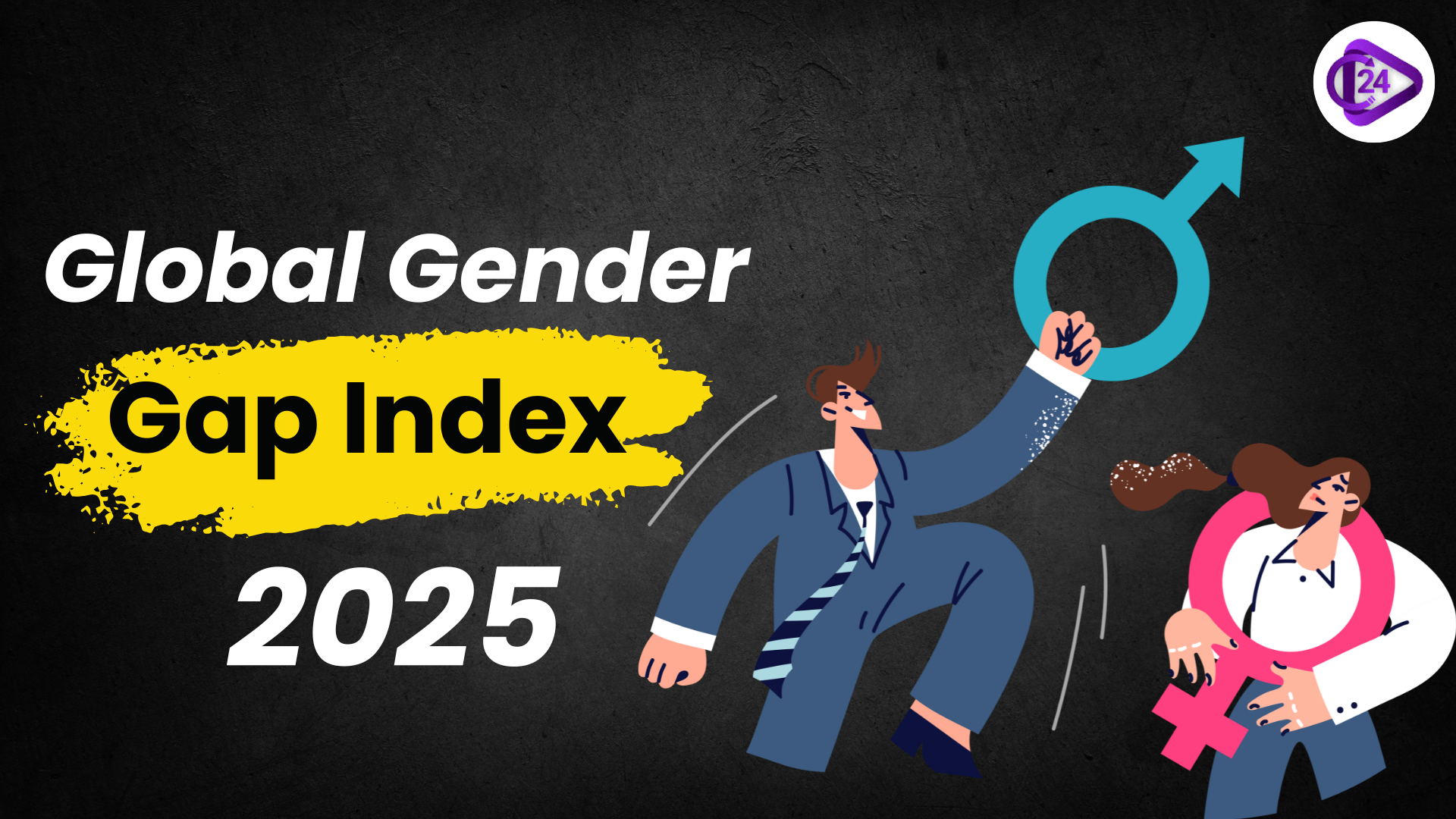
Compared to last year, India has fallen two ranks to take the 131st spot on the 2025 Global Gender Gap Index. Although India's economic contributions and educational achievements have been impressive, political empowerment remains a significant challenge. The country's gender parity score is 64.1%, indicating that there have been slight positive changes in several spheres; however, achieving gender equality in critical fields such as politics remains challenging. India has one of the worst scores in South Asia, and the country is significantly brought down by the fact that women are poorly represented in parliament and as ministers.
The Global Gender Gap Index 2025 has revealed that India has fallen to 131st place, despite improvements in economic participation and education, while political empowerment has declined. The nation is still struggling significantly to achieve gender equity, particularly in political representation.
Key Details Regarding India’s Position in the Global Gender Gap Index 2025
1. India’s Performance in the Global Gender Gap Index
Rank and Parity Score:
-
In the Global Gender Gap Index 2025, India ranked 131st out of 148 countries, with a gender parity score of 64.1%.
-
This is a two-place drop-in compared to the 129th place last year.
Key Dimensions Assessed:
The index measures gender parity in four dimensions:
-
Economic Activity and Opportunity
-
Educational Attainment
-
Health and Survival
-
Political Empowerment
2. Areas of Improvement and Progress
Economic Participation and Opportunity:
-
India has scored 0.9 percentage points more in this area, reaching 40.7 per cent.
-
There was no change in the labour force participation rate at 45.9 per cent, although there was some slow progress in gender parity in earned income, which improved to 29.9 per cent against a previous rate of 28.6 per cent.
Educational Attainment:
-
In India, there was almost equal education with a score of 97.1 per cent.
-
This is an indication of improved access to education by women and girls, as well as higher levels of literacy among women and higher enrolment of women in tertiary education.
Health and Survival:
-
Our country, India, has also been improving in terms of health, thanks to improvements in the sex ratio at birth and increased healthy life expectancy.
-
The gains, however, are fairly small given that there has been a general decrease in life expectancy for both men and women in the country.
3. Decline in Political Empowerment
Women Members of Parliament:
-
The percentage of women in Parliament dropped to 13.8 per cent in 2025, down from 14.7 per cent in 2024.
-
It is the second consecutive year of decline, indicating stagnation or a reversal in the political representation of women.
Women in Ministerial Positions:
-
The percentage of women holding ministerial positions also declined, dropping to 5.6% compared to 6.5%, a vast difference from the 30 per cent mark in 2019.
-
This deterioration in political empowerment remains a setback to India's performance in the Global Gender Gap Index.
4. Regional Comparison and Global Leaders
South Asia Context:
-
India ranks lower than many of its South Asian neighbours, as nations such as Bangladesh (24th), Nepal (125th), Bhutan (119th) and Sri Lanka (130th) are ranked higher.
-
The only other South Asian nations that rank below India are the Maldives (138th) and Pakistan (148th).
Top Performers:
-
Iceland, maintaining the 1st place, was followed by Finland, Norway, and Sweden, rounding out the top four.
-
These nations have consistently topped the index over the years, with Iceland scoring a gender parity index of 0.926.
5. Global Gender Parity Trends
Global Improvements:
-
Across the world, gender parity has been enhanced, and the total gender gap decreased to 68.8 per cent in 2025.
-
Nevertheless, complete worldwide equality is projected to be 123 years at the present pace of change.
Representation in the Workforce and Leadership:
-
The current working women's population accounts for 41.2 per cent of the global workforce, but only 28.8 per cent of women hold leadership positions, highlighting the prevailing gender gap in decision-making across all fields.
6. Implications for India’s Growth and Policy
Economics and Social Impact:
-
The Global Gender Gap Index is not a purely social measure with solid economic overtones.
-
The World Economic Forum has highlighted that countries taking steps towards achieving gender parity have a higher chance of attaining resilient and inclusive economic growth.
Policy Recommendations for India:
-
India needs to address the political empowerment gap and further invest in developing gender-sensitive policies to increase female representation in leadership positions, both in government and the private sector.
-
The gender gap can only be narrowed by implementing more inclusive policies in economic participation and education to ensure the full involvement of women in the country's economic development.
India has launched several initiatives to bridge the gender gap in social, economic, and political spheres:
-
Beti Bachao Beti Padhao – A campaign aimed at addressing issues like gender discrimination and promoting the education of girls.
-
Mahila Shakti Kendra – A program focused on empowering rural women by providing skills and support for employment.
-
Mahila Police Volunteers – Women volunteers who assist in tackling crimes against women and children.
-
Rashtriya Mahila Kosh – A scheme providing micro-finance to women for self-help groups and their empowerment.
-
Sukanya Samriddhi Yojna – A savings scheme to promote the welfare of girl children.
-
Kasturba Gandhi Balika Vidyalaya – A program offering residential schooling for girls from disadvantaged backgrounds.
-
Political Reservation – 33% of seats in Panchayati Raj Institutions are reserved for women, and the 106th Constitutional Amendment (2023) reserves one-third of seats for women in Lok Sabha, State Assemblies, and Delhi's Legislative Assembly.
-
Female Entrepreneurship Initiatives – Programs like Stand-Up India, Mahila-e-Haat (an online platform for women entrepreneurs), and the Entrepreneurship and Skill Development Programme (ESSDP) promote women's business ventures.
Conclusion
India's position in the Global Gender Gap Index 2025 (131st place) highlights a significant challenge in the area of political empowerment, despite notable progress in education and economic activities. The gender parity score of 64.1% highlights some gains and the prevalence of inequalities in the country. As the representation of women in Parliament and as ministers declines, India needs to focus on developing gender-sensitive policies to enhance women's political empowerment and their broader inclusion in governance. These gaps will be crucial to address to achieve inclusive growth and long-term economic resilience in India.



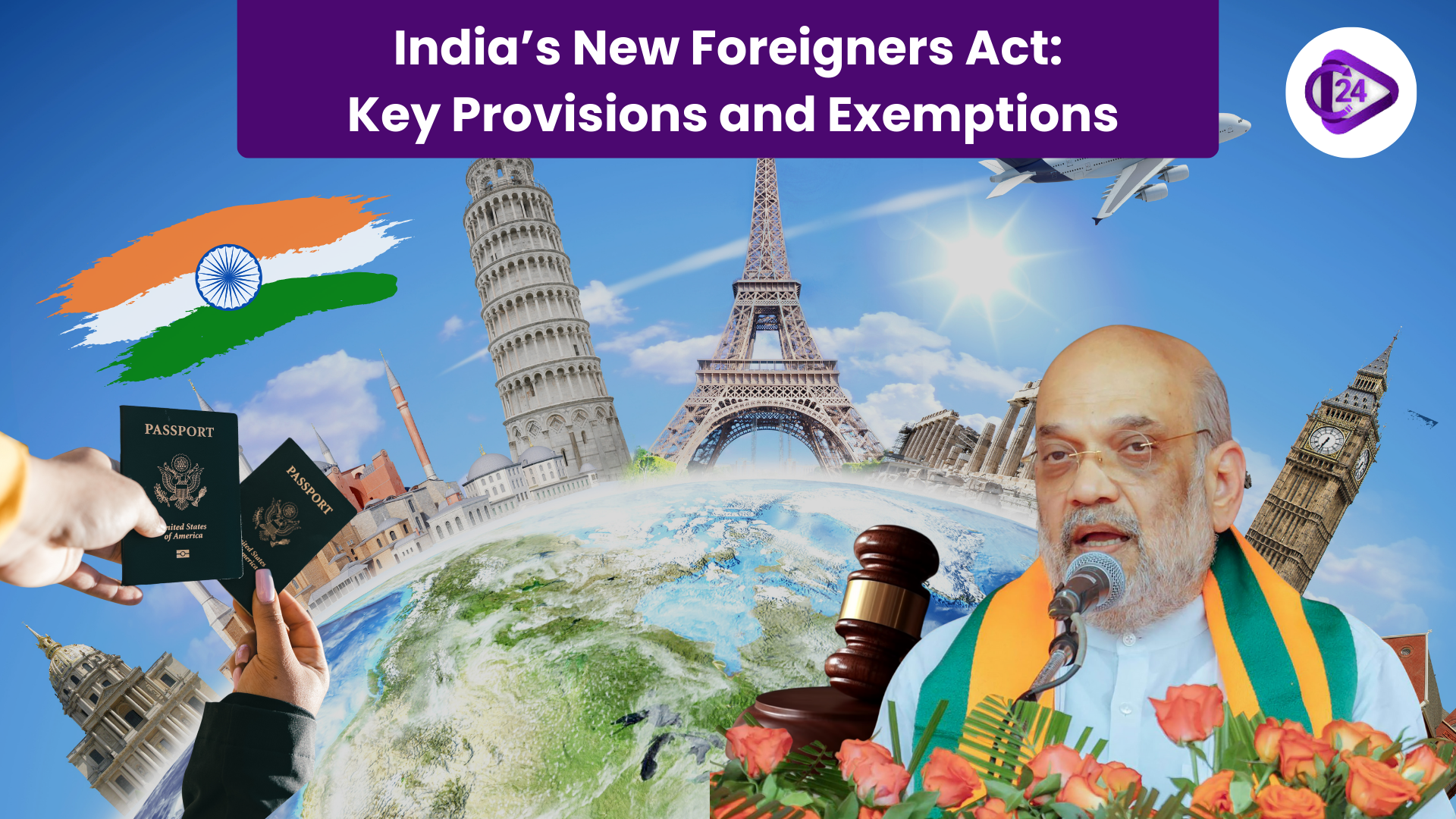 India’s New Foreigners Act: Key Provisions and Exemptions
India’s New Foreigners Act: Key Provisions and Exemptions India Develops Rare Reference Material for Enhanced Anti-Doping Testing in Sports
India Develops Rare Reference Material for Enhanced Anti-Doping Testing in Sports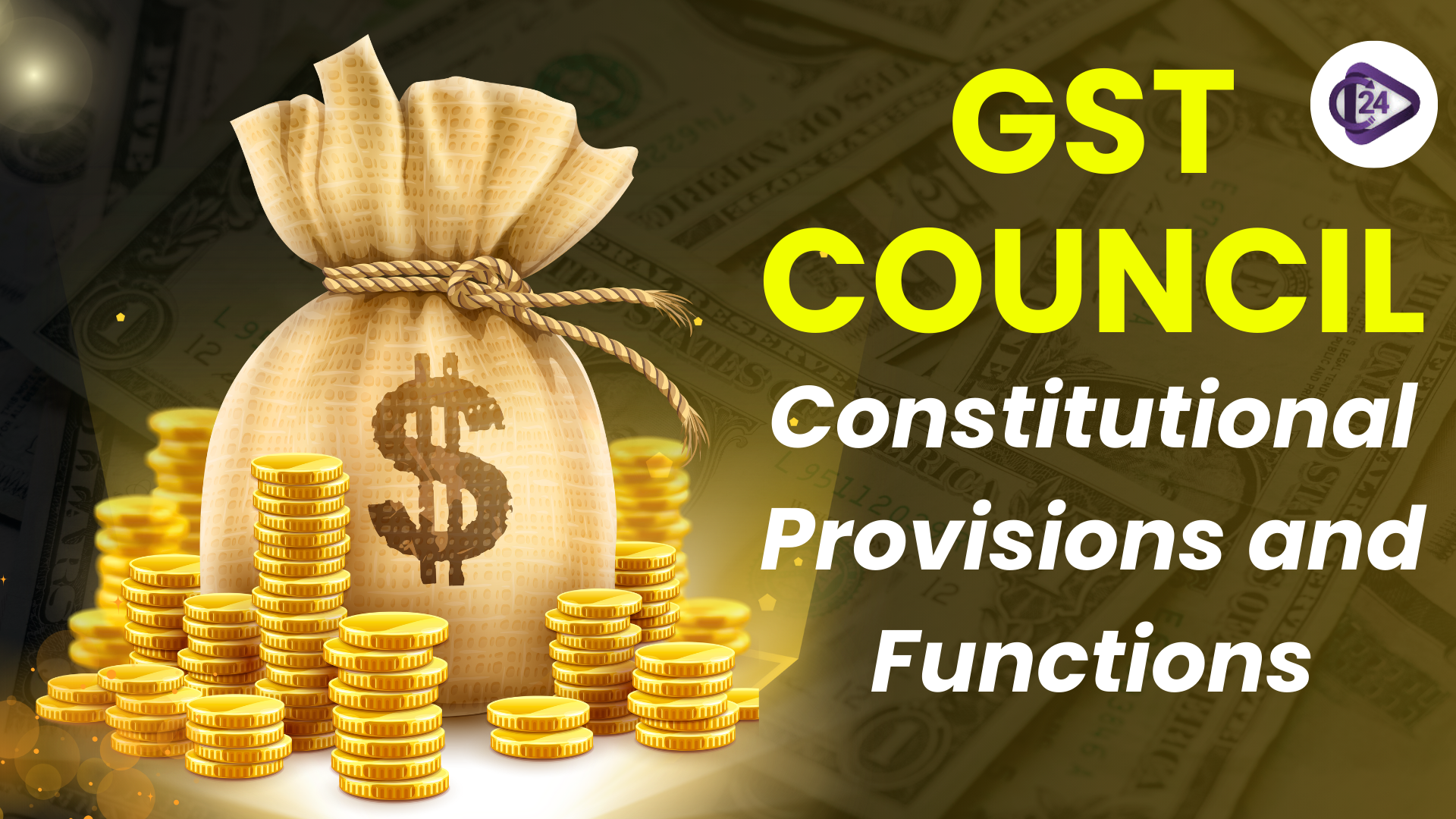 GST Council: Constitutional Provisions and Functions
GST Council: Constitutional Provisions and Functions India’s First Vulture Conservation Portal Launched
India’s First Vulture Conservation Portal Launched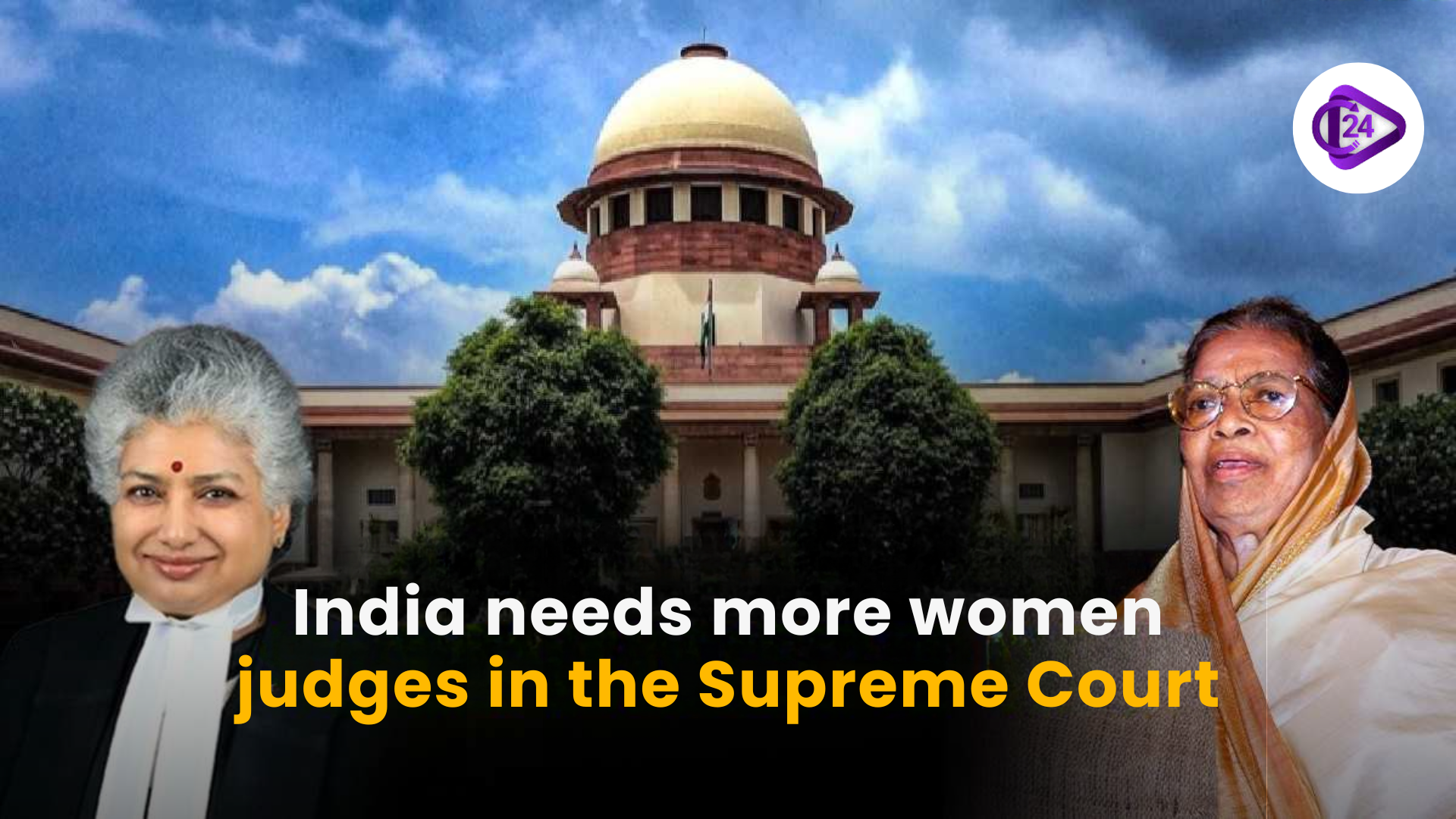 India needs more women judges in the Supreme Court
India needs more women judges in the Supreme Court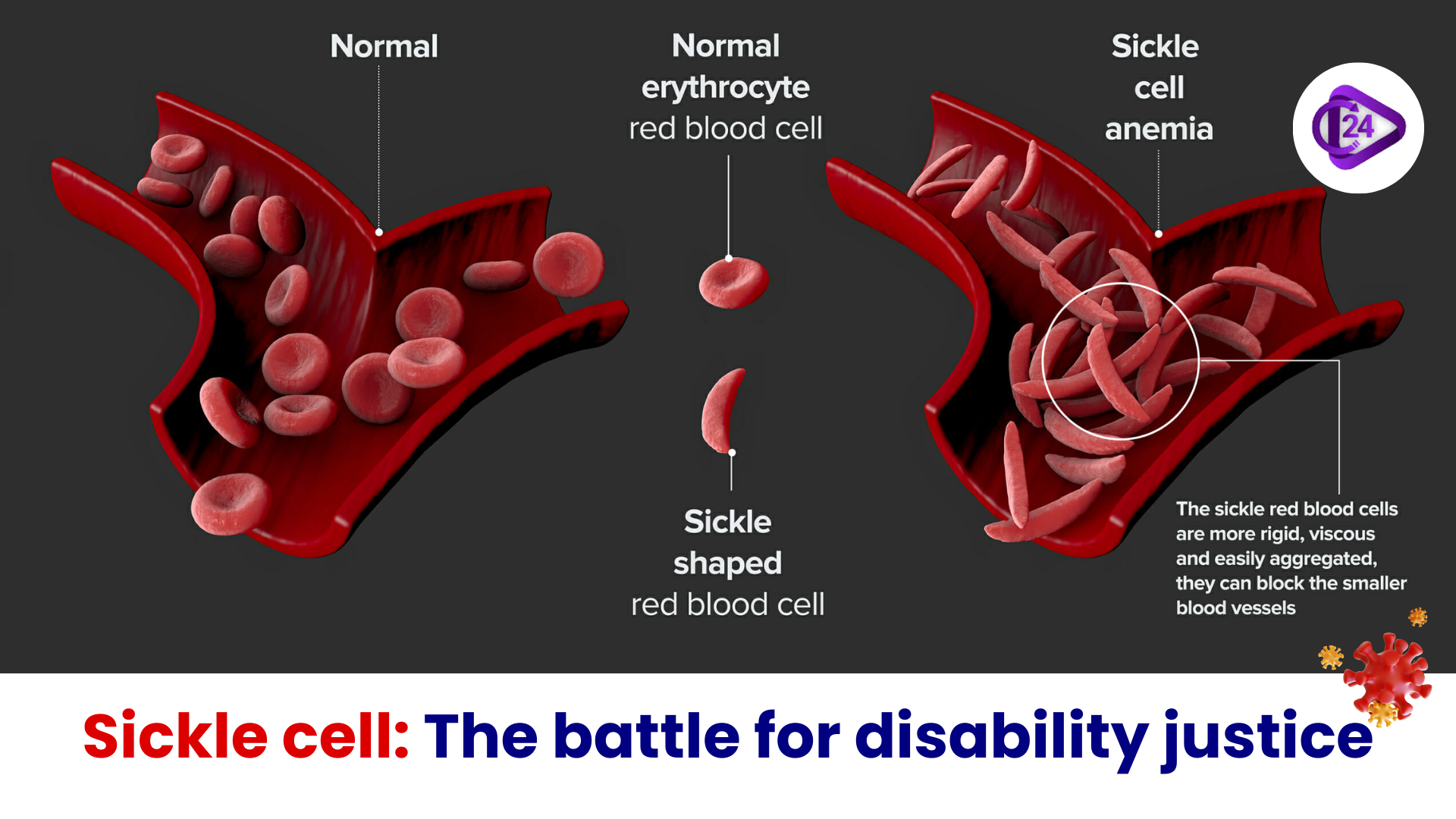 Sickle cell: The battle for disability justice
Sickle cell: The battle for disability justice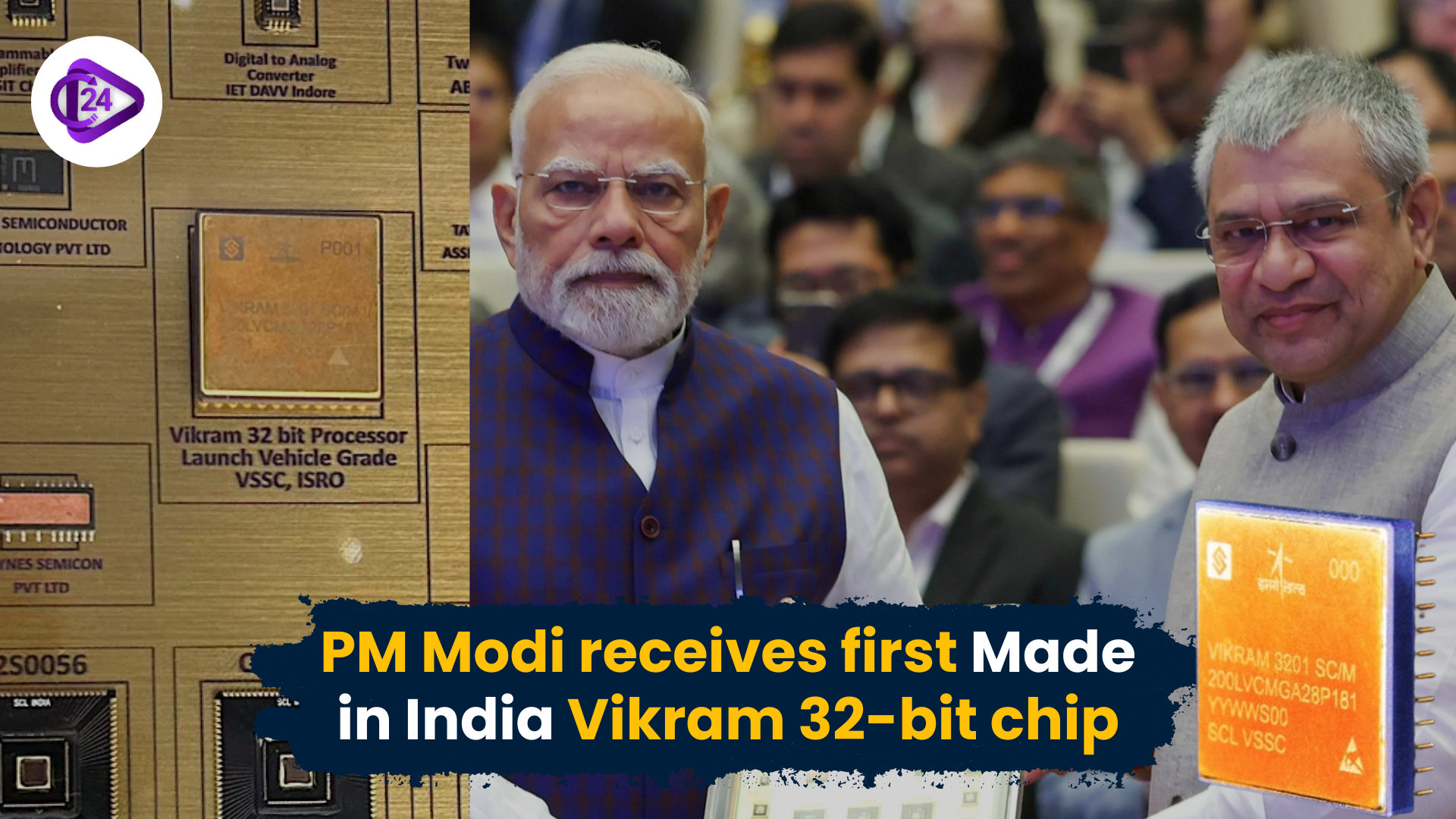 PM Modi receives first Made in India Vikram 32-bit Chip
PM Modi receives first Made in India Vikram 32-bit Chip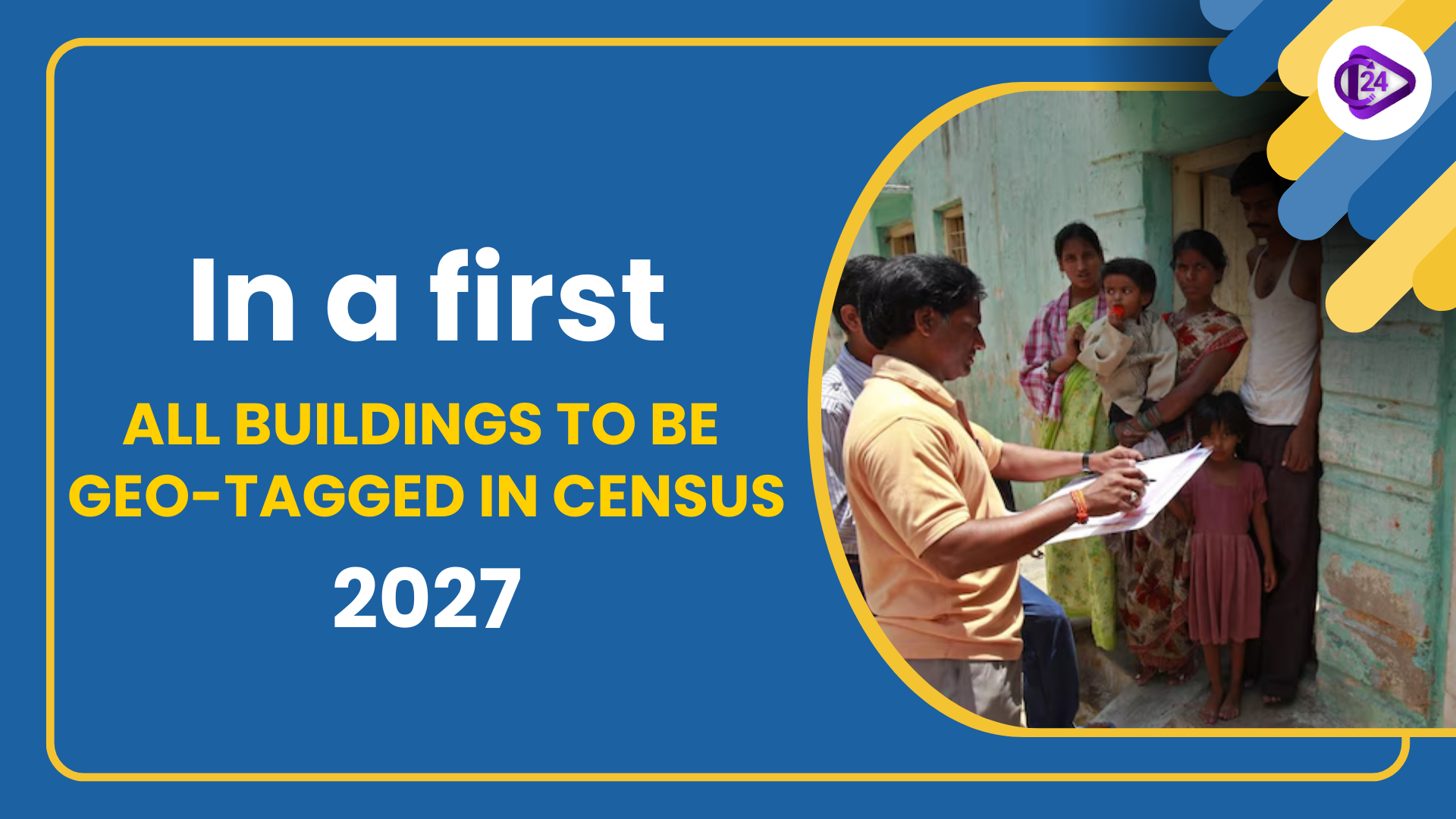 Census 2027: First Digital Census with Geo-Tagged Buildings
Census 2027: First Digital Census with Geo-Tagged Buildings The rise and risks of health insurance in India
The rise and risks of health insurance in India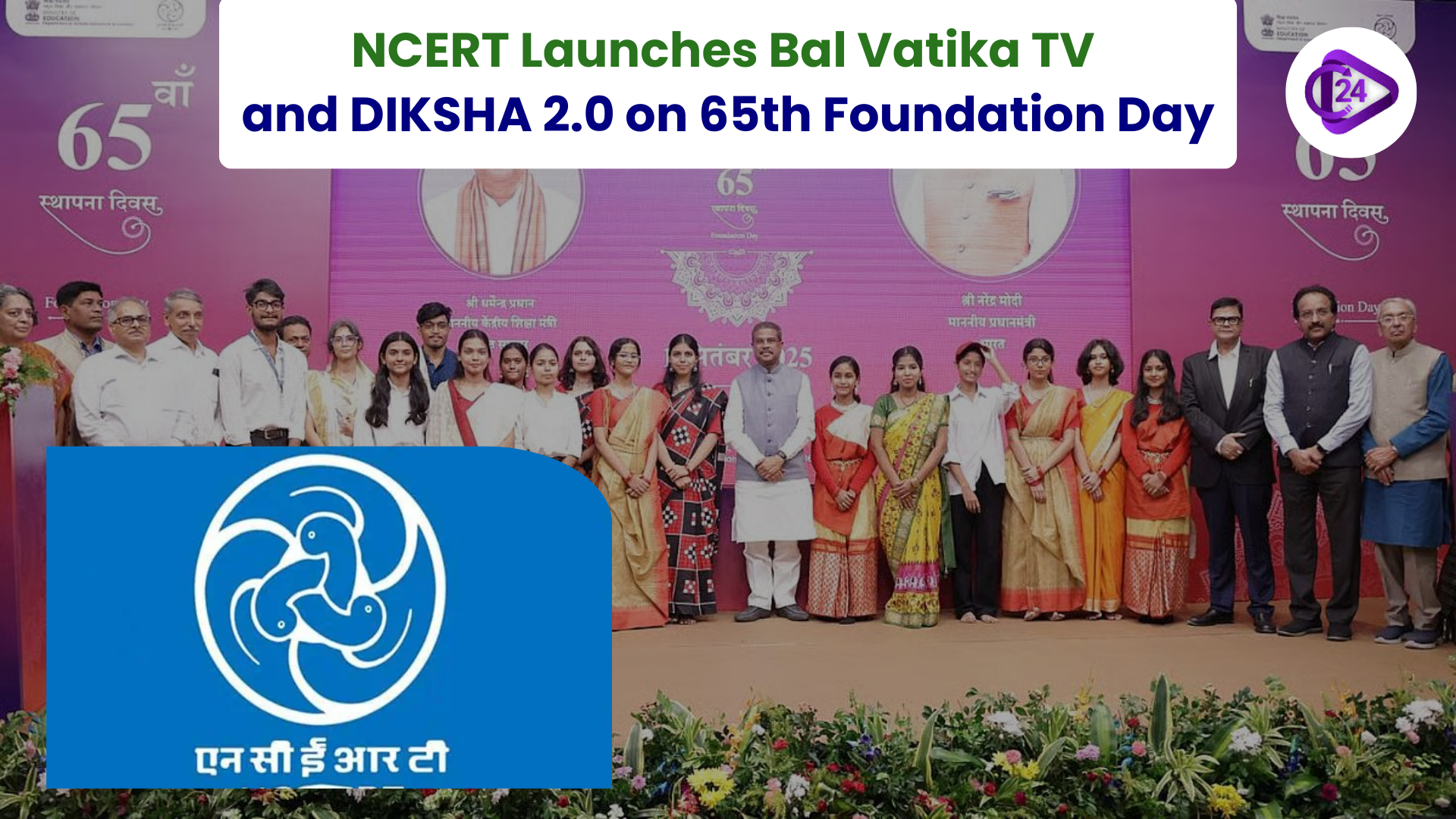 NCERT Launches Bal Vatika TV and DIKSHA 2.0 on 65th Foundation Day
NCERT Launches Bal Vatika TV and DIKSHA 2.0 on 65th Foundation Day






